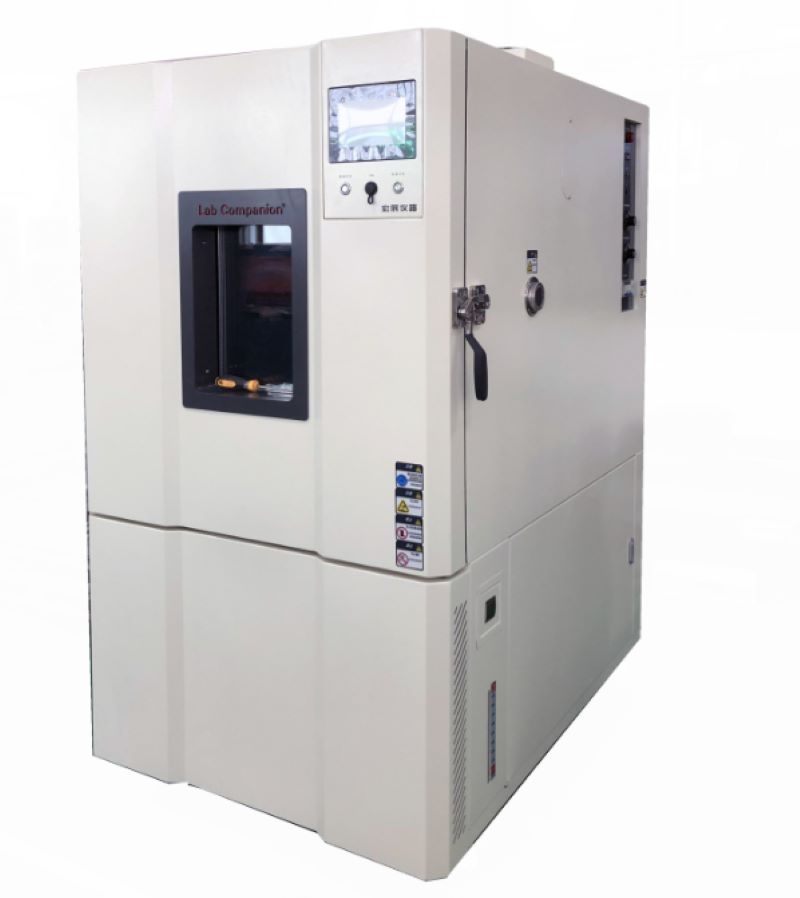Principles That Operating Constant Temperature and Humidity Test Chamber Should Follow
/ /Principles That Operating Constant Temperature and Humidity Test Chamber Should Follow
Constant temperature and humidity test chamber, also known as constant temperature and humidity test machine, programmable temperature and humidity alternating test chamber, thermostat or constant temperature and humidity chamber, can be used to test various environments and test equipment material performance, this material has heat resistance, cold resistance, dry resistance and humidity resistance. However, when using the constant temperature and humidity test chamber, the correct operation helps to obtain scientific data for the experimenter, so what principles should be followed in the operation of the constant temperature and humidity test chamber?
First, in the environmental test, the operator must be familiar with the required test sample performance, test conditions, test procedures and test technology, familiar with the technical performance of the test equipment used, and understand the structure of the equipment, especially familiar with the control operation and performance. At the same time, read the operation manual of the test equipment carefully to avoid abnormal operation of the test equipment due to operation errors, which may cause damage to the test sample and incorrect test data.
Second, in order to ensure the normal operation of the test, appropriate testing equipment should be selected according to the different conditions of the test sample, and a reasonable proportion between the temperature and humidity of the test sample and the effective volume of the laboratory should be maintained. For tests of heated test samples, the volume should not be greater than one-tenth of the effective volume of the test chamber. The volume of the unheated test sample should not exceed one-fifth of the effective volume of the test chamber.
Third, for environmental tests that need to add media to the test, it should be correctly added according to the test requirements. For example, there are certain requirements for water in temperature and humidity test chambers and the resistance should be reduced. There is a more economical and convenient form of pure water on the market. Its resistance is equivalent to distilled water.
Fourth, wet bulb gauze (wet bulb paper) has certain requirements for use in a temperature and humidity test chamber, and no gauze can be replaced, because the relative humidity reading is the difference between the root distance and temperature and humidity, and strictly speaking, it is also related to the local atmospheric pressure and wind speed at the time. The indicator value of wet-bulb temperature is related to the amount of water absorbed by the gauze and the amount of surface evaporation. These are directly related to the quality of the gauze, so the weather stipulates that the wet ball gauze must be a special "wet ball gauze" woven from linen. Otherwise, it is difficult to ensure the correctness of the wet bulb thermometer value, that is, the correctness of the humidity. In addition, the position of the wet gauze is also clearly specified. Gauze length: 100mm, tightly wrap the sensor probe, probe 25-30mm away from the humidity cup, gauze immersed in the cup to ensure the accuracy of equipment control and humidity.
Fifth, the location of the test sample should be more than 10 cm away from the wall of the chamber, and multiple samples should be placed on the same plane as far as possible. Samples should be placed without blocking air outlets and return vents, and temperature and humidity sensors should be kept at a distance. Make sure the test temperature is correct.
Operating the constant temperature and humidity test chamber in accordance with the above principles, the correct operation of the test process will greatly improve the level of test data. As long as the above principles are adhered to, it should be said that the temperature and humidity tests can be successfully performed.
